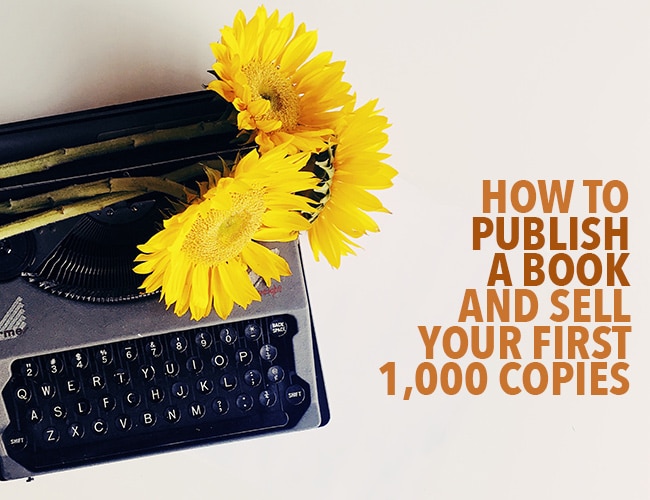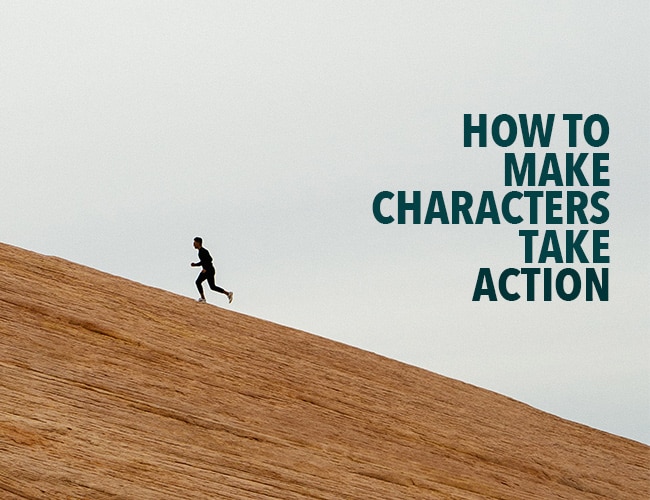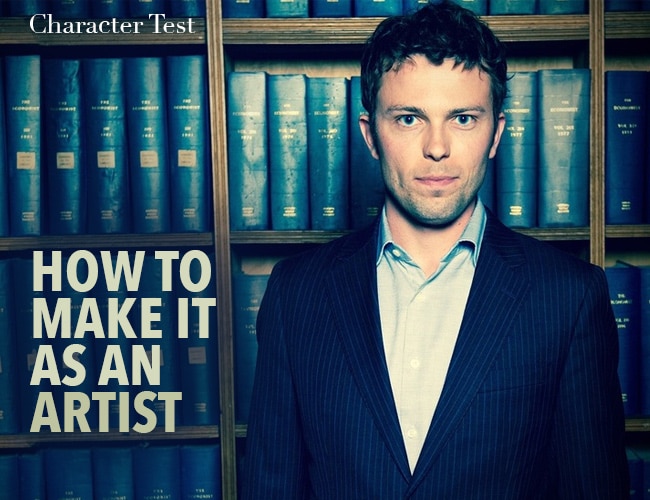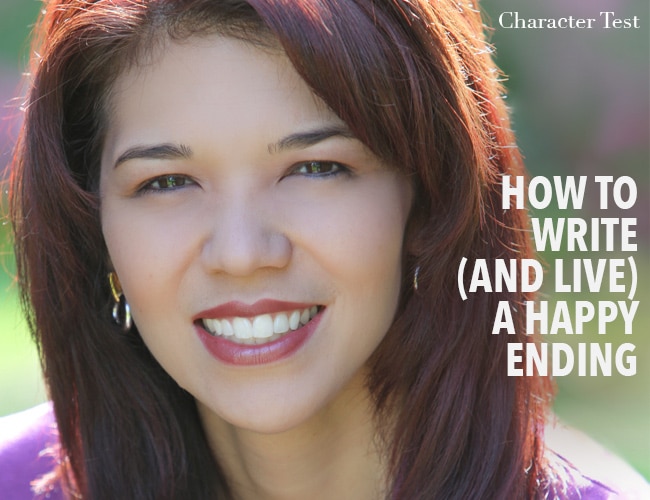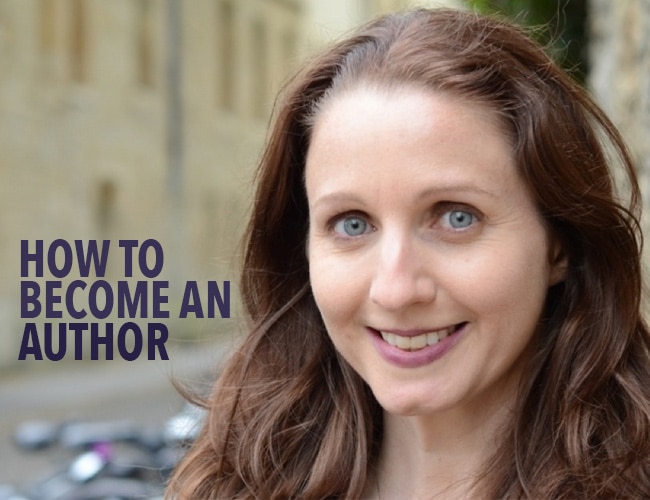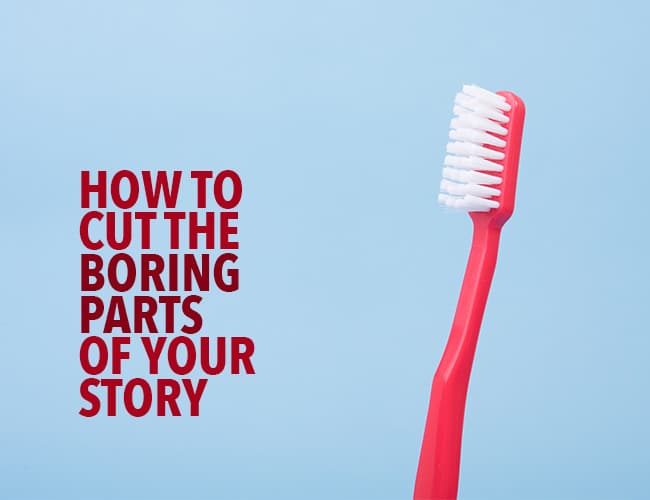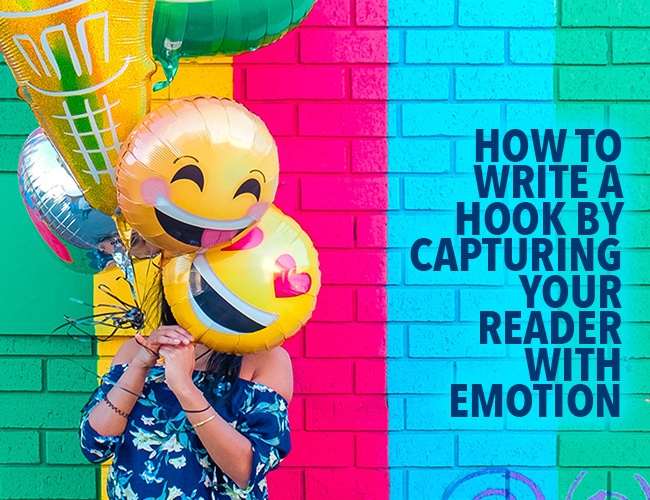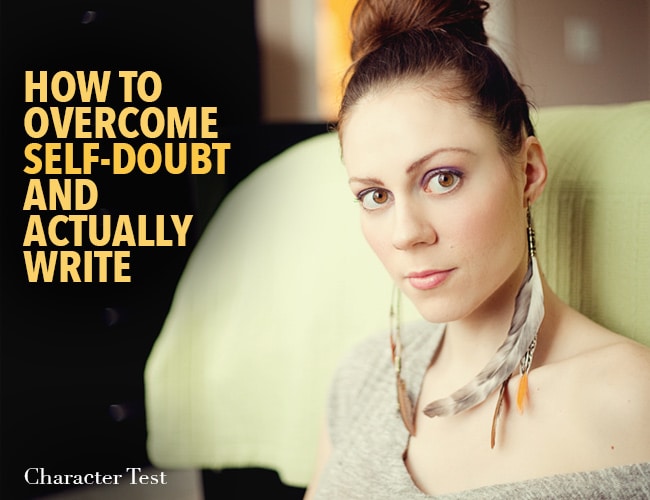I work with a lot of writers, and by far the most frustrated, disappointed, and confused writers I work with aren’t the ones chasing after the publication of their first book.
It’s the ones who have already published their first book.
How do you publish your book and sell your first 1,000 copies?
